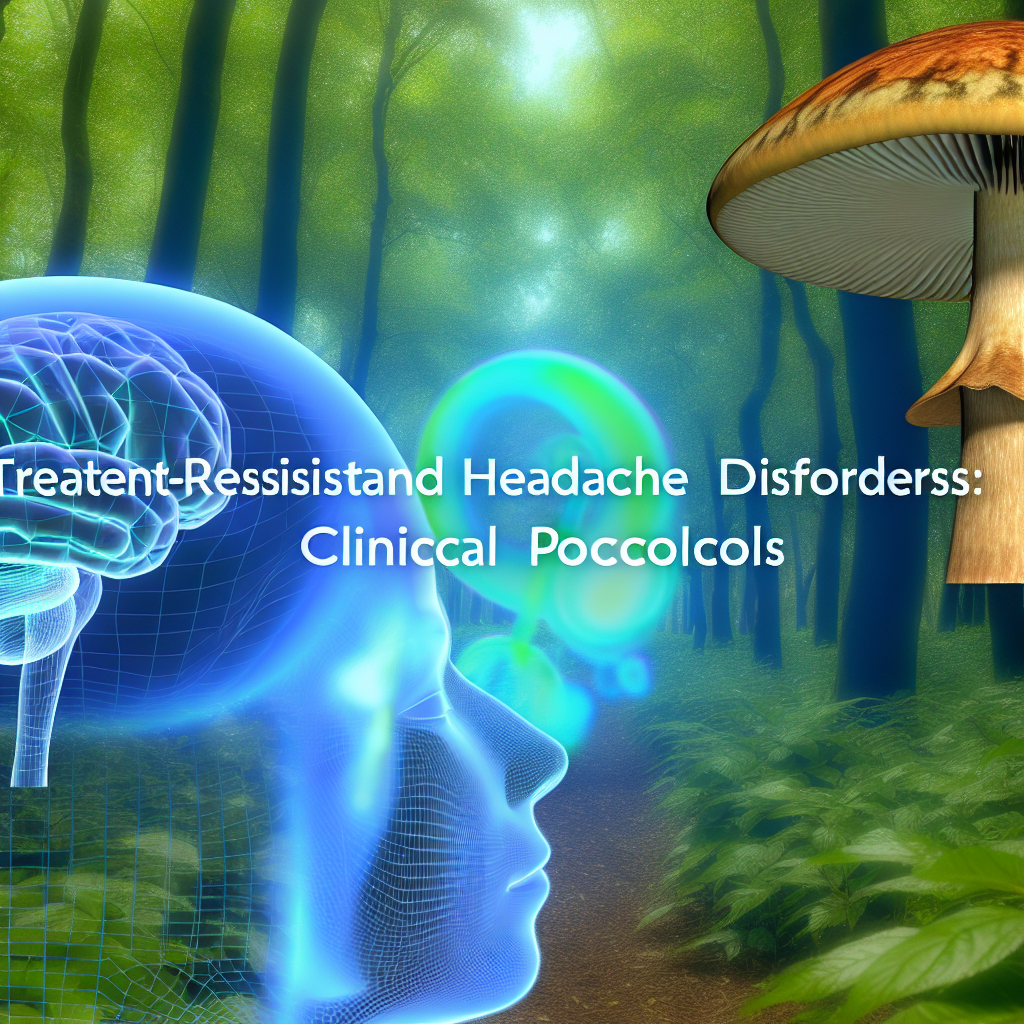Psilocybin Therapy Access Programs: Navigating Compassionate Use Frameworks
Introduction: A New Era for Psychedelic Mental Health Treatment
In recent years, psilocybin—the psychoactive compound found in certain species of mushrooms—has moved from the fringes of medical interest to the forefront of mental health innovation. Scientific studies and public interest have accelerated rapidly, particularly in the areas of treatment-resistant depression, PTSD, anxiety, and end-of-life psychological distress. As the evidence supporting psilocybin’s therapeutic benefits mounts, so does the demand for access. However, psilocybin remains a Schedule I substance under the U.S. Controlled Substances Act, making legal access to treatment a challenge.
In response, Compassionate Use and Expanded Access Programs (EAPs) have emerged as critical lifelines for patients who are in urgent need of treatment options not yet widely available. Compassionate Use frameworks exist to provide investigational therapies for individuals with serious or life-threatening conditions who have exhausted other treatment options. These frameworks are now being actively explored and implemented to provide legal pathways for eligible patients to receive psilocybin therapy.
In the United States, the federal Right to Try Act of 2018 and the U.S. Food and Drug Administration’s Expanded Access program are two primary vehicles allowing certain patients to access drugs that have not been fully approved but are under clinical investigation. As pressures mount on health agencies to allow scheduled psychedelics like psilocybin for medical use, organizations, clinicians, and activist groups are advocating for broader access points for eligible individuals through these established compassionate frameworks.
Canada, meanwhile, is leading the charge with its Section 56 exemptions under the Controlled Drugs and Substances Act, allowing certain patients and practitioners to legally possess and administer psilocybin. The country has already granted hundreds of legal exemptions to terminally ill patients and healthcare providers delivering psychedelic-assisted therapy. The country’s Special Access Program (SAP), revised in 2022 to include psychedelic substances, is setting a precedent that other nations are closely monitoring.
This article dives into the current state of psilocybin therapy access through compassionate use mechanisms, taking a closer look at key regulatory frameworks, recent medical studies, and ongoing legislative shifts. The goal? To help patients, caregivers, and interested consumers understand how access to potentially life-changing psilocybin therapy is evolving—and how they might benefit.
Spotlight on Breakthrough Studies Transforming Psychedelic Medicine
Scientific research into psilocybin’s therapeutic effects has come a long way from its mid-century origins. The most compelling evidence stems from clinical trials and longitudinal studies that explore psilocybin’s efficacy in neuropsychiatric disorders. For example, a landmark 2016 study from Johns Hopkins Medicine demonstrated that a single large dose of psilocybin significantly reduced depression and anxiety in terminal cancer patients, with effects lasting up to six months.
Building on that momentum, Johns Hopkins launched psilocybin research centers in 2019 and conducted further studies, including a 2021 trial showing that psilocybin therapy was more than four times as effective as traditional antidepressants for treatment-resistant major depressive disorder.
These robust findings are part of the reason why the U.S. FDA granted psilocybin a Breakthrough Therapy Designation in both 2019 and 2020—first for treatment-resistant depression and subsequently for major depressive disorder. The Breakthrough Therapy pathway is designed to expedite the development and review of drugs that may demonstrate substantial improvement over existing treatments.
Compassionate Access Pathways: Expanding Hope One Patient at a Time
With supporting clinical data in place, advocates have begun leveraging compassionate access pathways. In the U.S., the Right to Try Psilocybin movement is pushing for terminally ill patients to gain access through the Right to Try Act, which allows investigational drugs outside of clinical trials. However, implementation at the federal level remains inconsistent.
In contrast, Canada’s Special Access Program (SAP) has become a model of efficiency. In 2022, Health Canada amended the SAP to allow authorized health care practitioners to request restricted drugs—including psilocybin—on behalf of patients with serious or life-threatening conditions. Organizations like TheraPsil, a Canadian nonprofit, have successfully used legal exemptions and SAP requests to treat palliative care patients with psilocybin-assisted therapy.
Industry Momentum: Clinical Trials Paving the Way for Global Access
Psychedelics-focused companies like Compass Pathways and Usona Institute are actively participating in global clinical programs aiming to commercialize psilocybin therapy within a regulated system. Usona’s PHASE II trials are exploring optimal dosing and long-term outcomes to facilitate future public access and insurance reimbursement.
These companies work closely with researchers and regulators to ensure that psilocybin therapy enters the mainstream health system safely and responsibly. Their clinical programs may play a crucial role in reducing stigma and providing detailed evidence for regulatory bodies to consider.
Building the Future of Psychedelic Care Through Collaboration
Ultimately, access programs rely on collaboration among regulators, medical researchers, and patient advocacy groups. The future of compassionate psilocybin use isn’t just about breaking legal barriers—it’s about creating a responsible, evidence-based path for those suffering most.
Medical professionals, legislators, and informed citizens must continue to communicate and advocate for safe, equitable access to emerging therapies. Without such synergy, progress will remain patchy and inconsistent.
Conclusion: Psilocybin Compassionate Use Programs Lighting the Path Forward
Psilocybin access through compassionate use programs is helping to bridge the gap between groundbreaking research and real-world therapy. For individuals facing debilitating mental health conditions, these frameworks offer a ray of hope and a safe, scientifically-backed treatment option. While regulatory terrain remains complex, progress in countries like Canada and growing interest in U.S. Right to Try pathways suggest a more inclusive, accessible future for psilocybin therapy.
As research deepens and legal structures evolve, these programs may become the standard rather than the exception.
References
– Johns Hopkins Medicine – Psychedelic Research
– JAMA Psychiatry – Griffiths et al. (2016)
– Nature Medicine – Davis et al. (2021)
– Health Canada – Special Access Program
– Right to Try Act – U.S. FDA
Concise Summary:
Psilocybin, the psychoactive compound found in certain mushrooms, has emerged as a promising treatment for mental health conditions. As research continues to demonstrate its therapeutic benefits, Compassionate Use and Expanded Access Programs have become critical pathways for eligible patients to access this investigational therapy. This article explores the evolving regulatory frameworks, key clinical studies, and collaborative efforts shaping the future of psilocybin-assisted care.

Dominic E. is a passionate filmmaker navigating the exciting intersection of art and science. By day, he delves into the complexities of the human body as a full-time medical writer, meticulously translating intricate medical concepts into accessible and engaging narratives. By night, he explores the boundless realm of cinematic storytelling, crafting narratives that evoke emotion and challenge perspectives. Film Student and Full-time Medical Writer for ContentVendor.com



